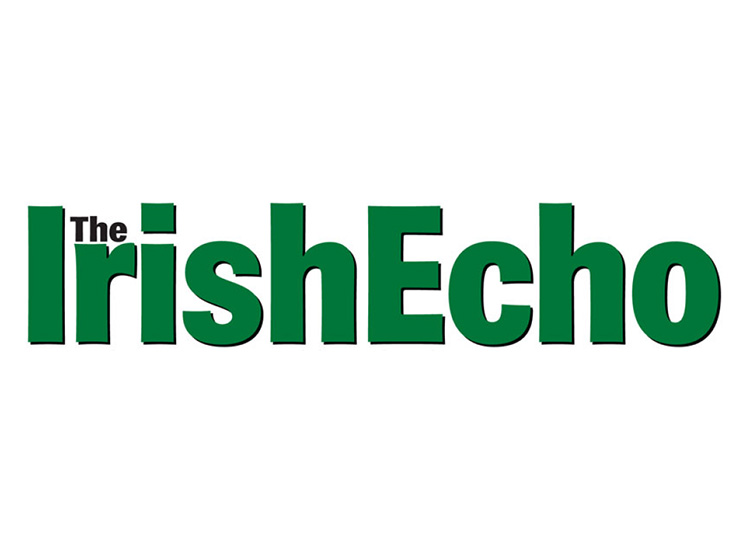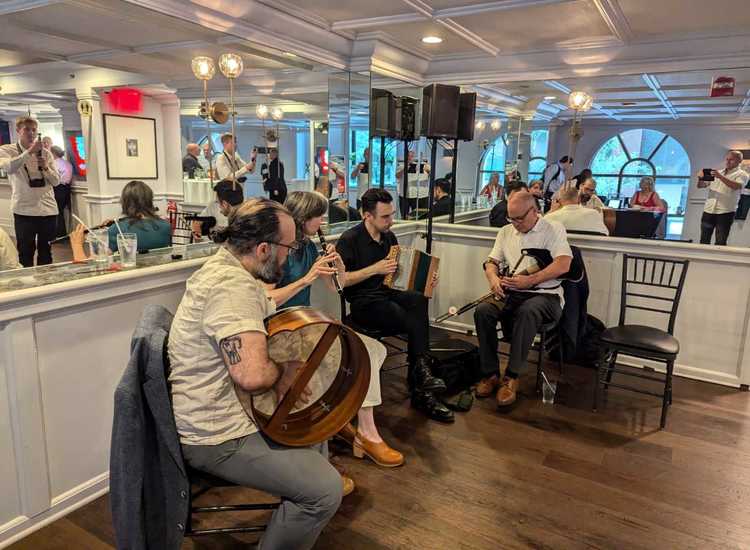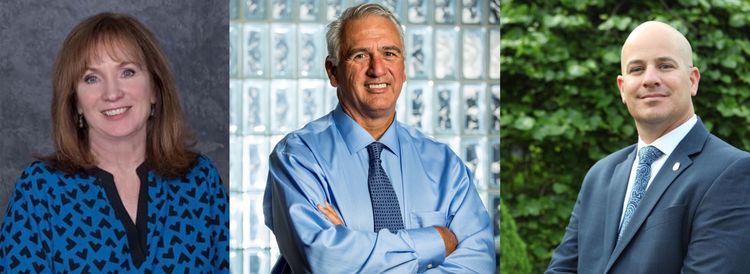[caption id="attachment_71257" align="aligncenter" width="600" caption="Ruairi Quinn."]
School reform is one of the most-contentious issues in American politics, at both the national and local level. Michael Bloomberg won the mayoralty of New York in 2001 in part on the promise to bring radical reform to the city's schools.
Cory Booker promised to shake up the status-quo in Newark during his successful mayoral campaign in 2006. And George W. Bush worked with the late Senator Ted Kennedy to pass the controversial "No Child Left Behind" law a decade ago.
These reformers and their reforms have produced mixed results, but there is no question that they and others have helped shake up the educational establishment in the United States.
But for truly radical school reform, look not at a map of the U.S., but cast your eyes eastward, to the Republic of Ireland. What's about to take place there is genuinely historic.
The republic's Minister of Education, Ruairi Quinn, recently announced plans to transfer control of hundreds of primary schools from the auspices of the Catholic church to other organizations that better reflect the state's more-heterogeneous population of the 21st Century.
Quinn called the plan "the most radical change in primary education in Ireland since the state was founded in the 1920s."
He is being overly modest, an odd trait for a politician. The plan very likely is the biggest change to primary education since 1831, when the British government began funding Catholic-controlled schools after a decade of controversy over public support for nominally secular, but actually anti-Catholic primary schools controlled by evangelical Protestants.
Give credit to the coalition government led by Enda Kenny. People in Ireland have been talking about the need to reduce the church's control over primary education for years. Nothing came of these conversations, until now. The Fine Gael-Labor coalition has taken on an issue that Fianna Fáil chose to ignore, even as the republic's religious and ethnic composition changed radically over the last two decades.
At the moment (but not for long), the Catholic church controls about 90 percent of the republic's primary schools. Under the government's plan, control of about 1,500 of the state's 3,100 primary schools eventually will be transferred from the church's authority to other groups. Wisely, Minister Quinn advocates a deliberative approach to this massive reform: he proposes that the transfer of control begin with just 50 schools in areas where there is great demand for nondenominational classrooms.
As if often the case with reform, it comes not a moment too soon. The Irish Republic simply is not what it was a generation ago. Some might argue that this is a bad thing; others might insist that change has been for the better. What is inarguable, however, is that the republic simply is not what it used to be - or what many people (including Irish Americans) imagined it to be.
Immigration to Ireland, that historic legacy of the Celtic Tiger years, has transformed the republic's demographics. Immigrants make up 17 percent of the state's population. There are 49,000 Muslims in Ireland and 45,000 Orthodox Christians, according to most recent census figures. About 270,000 people practice no religion, according to the census data.
And let's not forget the state's mainstream Protestants, who account for just over five percent of the state's population.
Should the children of these groups continue to be educated in a school system run, by and large, by the Catholic church? Clearly, the answer is no. Even the church itself agrees. A spokesman for the Catholic Schools Partnership, which represents the church on education issues, noted that change is needed "in certain areas" where parents are demanding an alternative to Catholic-controlled education.
The pending transformation of the Irish school system no doubt will lead to questions about how the church was given such extraordinary control over the schools in the first place. As historian Irene Whelan noted in her extraordinary book, "The Bible War in Ireland," schools in Ireland became a major battlefield between Catholics and evangelical Protestants in the 1820s with the founding of allegedly non-sectarian schools run by the Kildare Place Society and other Protestant groups. Resistance to the schools was so great that the government agreed to fund Catholic-run schools beginning in the early 1830s.
That controversy followed the Irish to the United States, particularly in New York, where figures like the legendary Bishop John Hughes argued that publicly funded schools were, in fact, agents of Protestant culture. Hughes demanded, in vain, for government funding of Catholic schools. When that funding was denied, Hughes went ahead and began building a separate Catholic school system.
That system is now in danger. But it may yet provide some lessons for Minister Quinn and other Irish educators. Throughout the U.S., Catholic-run schools are doing a marvelous job educating poor, non-Catholic children in a virtual non-denominational setting. True, a non-Christian child might feel out of place in these mostly inner-city schools, but many of these schools go out of their way to provide a quality education while respecting the beliefs of their non-Catholic students.
While Catholic control over many schools in Ireland is coming to an end, a Catholic presence in government-funded schools will remain. That can be a positive, if Irish educators take a look at the miracles performed in inner-city Catholic schools in the United States - a legacy, that is as we know, in large part due to the work of succeeding generations of Irish Americans.









